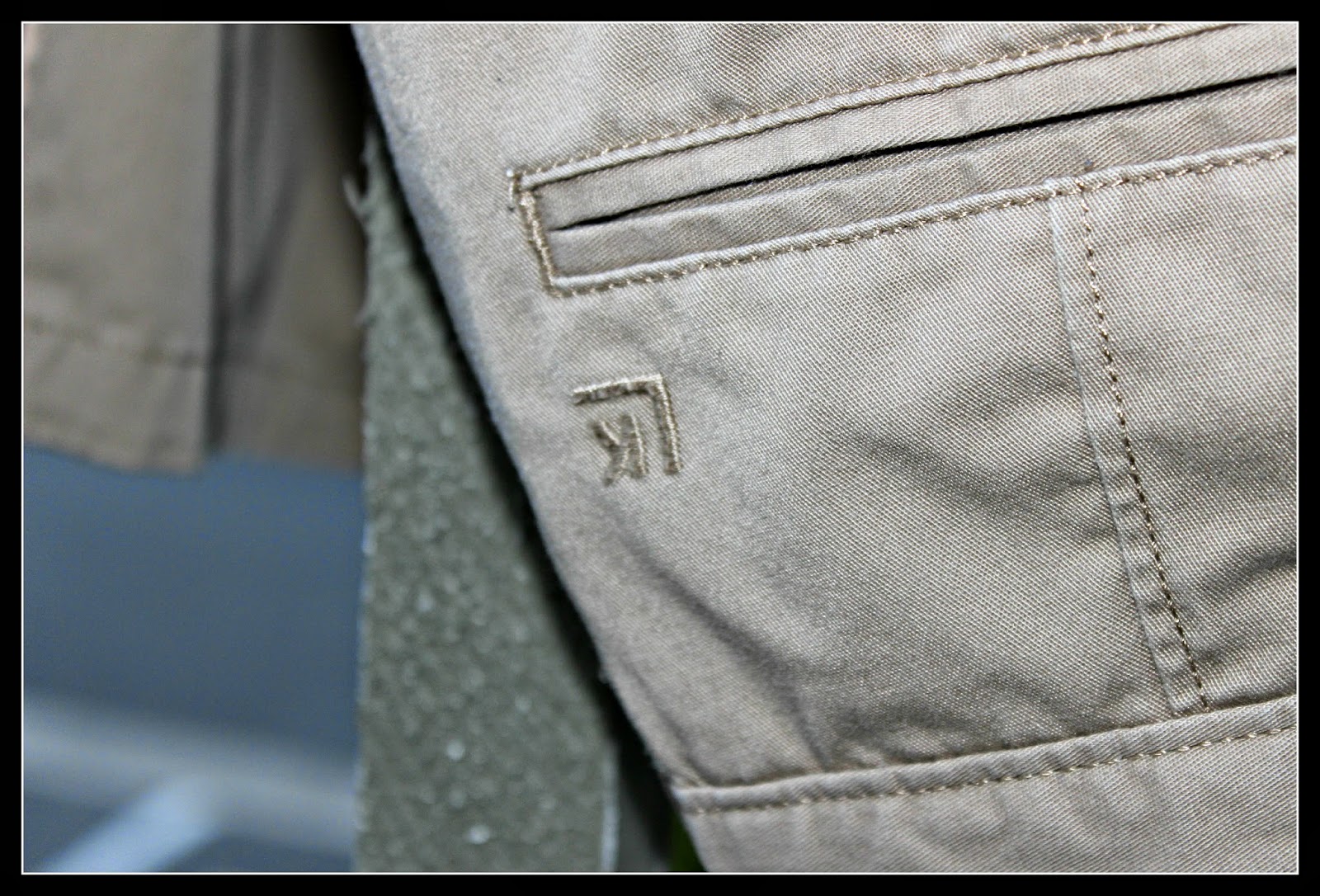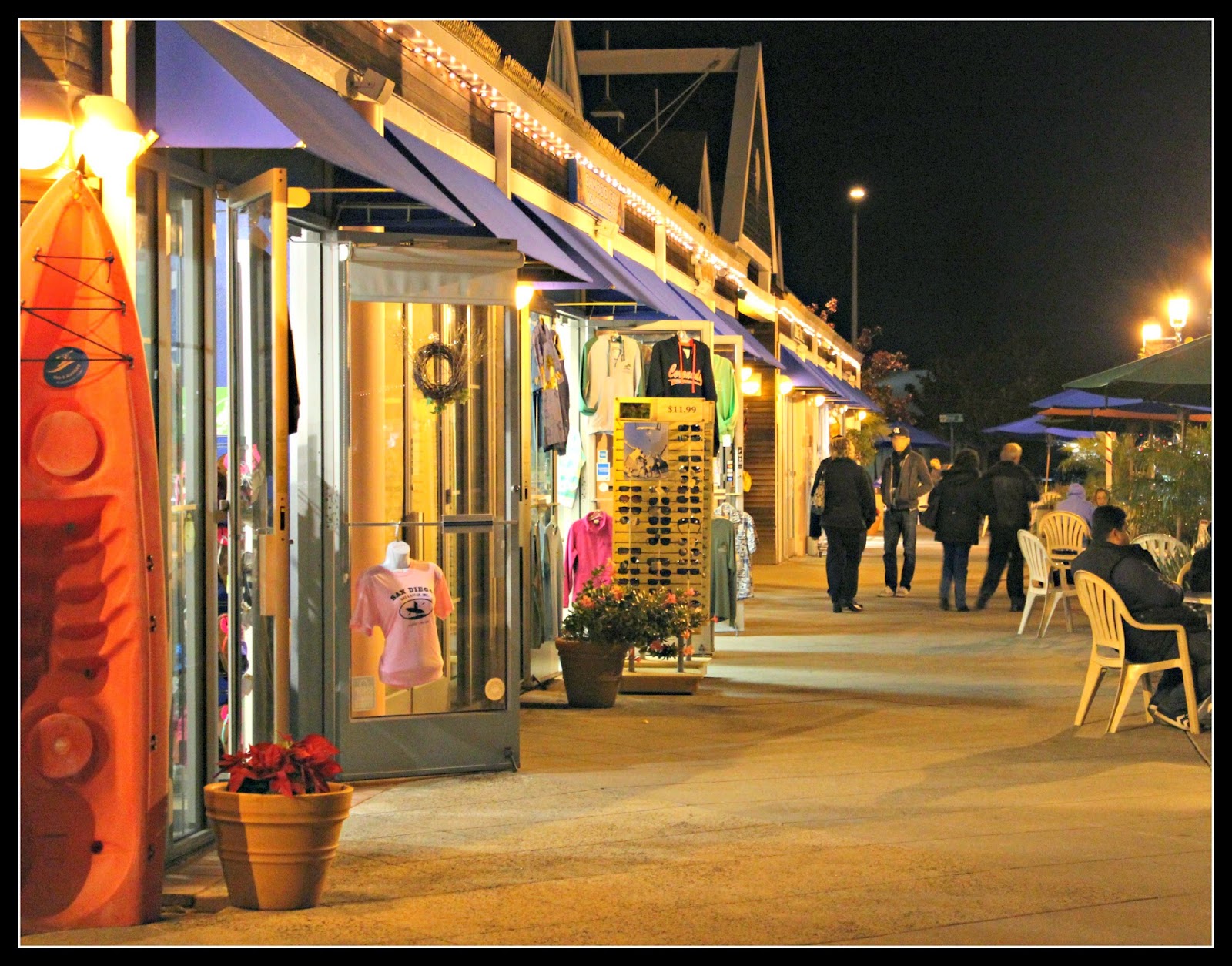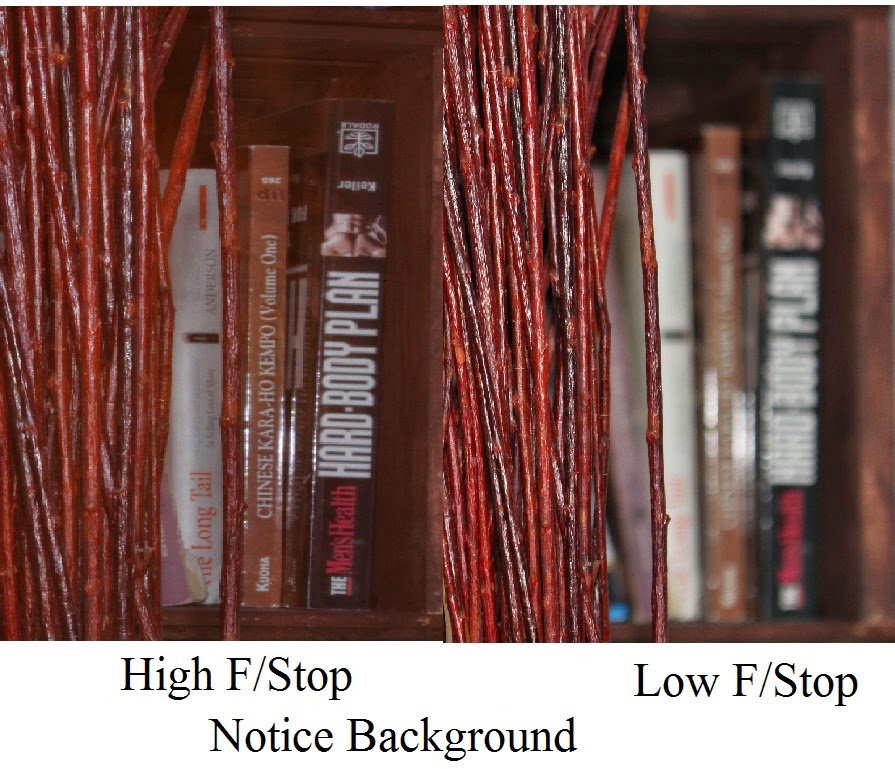There is nothing wrong with looking great while buying
products that are environmentally sustainable. Life Khacki offers a solid brand
that looks modern, feels great, and retails for a reasonable $25-30. Fashion doesn’t
need to be about buying products that enhance your physical image alone but can
also include a new dimension on how you feel about yourself. Few things compare to looking great while
protecting the environment when wearing clothing with recycled material by
Repreve.
Repreve is a recycle microfiber that uses items like plastic
bottles and other waste to make a high quality material used in clothing.
Because the materials are recycled there is less petroleum and greenhouse gases
omitted. For example in 2012 they recycled 410 million plastic bottles. This
equates to 2,934 acres of pine forest or 3.8 million gallons of gasoline. You can also ponder on how they save enough
drinking water for 52,313 people per year.
The company’s material makes its way into everything from
men’s clothing to television sets. Think
of companies like Life Khacki, Swiftwick, North Face, Haggar, Vitamin A
Swimwear, Ford and American Flora Dance and Yoga Wear. In an increasingly cost
conscious and environment conscience market companies are finding the benefit
of including eco-friendly clothing.
Repreve’s brand position doesn’t necessarily come from
pushing sales. Instead, pushing environmentally sound behavior in the form of
altruism can lead to higher levels of purchase behavior (Yeoh & Paladino,
2013). Customers don’t want to be pushed to buy a product but don’t mind being
encouraged to feel good about themselves through the products they do buy.
You may be surprised to notice that many of the products
that use Repreve’s microfiber are outdoor or beauty oriented. These are the same demographics that not only
enjoy the environment but also want to protect it. Nothing frustrates hikers and
beach goers more than piles of garbage and entire forests cleared without
significant justification.
Clothing that is good for the environment and saves waste by
recycling materials has more value than other textile products. Contributing to recycling and avoiding the
unnecessary opening of new fields or inadvertent destruction of the environment
is the responsible thing to do. Companies that can take the old and build
something new are not only inventive new outputs but also develop additional
social capital.
Yeoh, M. & Paladino, A. (2013). Prestige and environmental
behaviors: does branding matter? Journal
of Branding Management, 20 (4).



